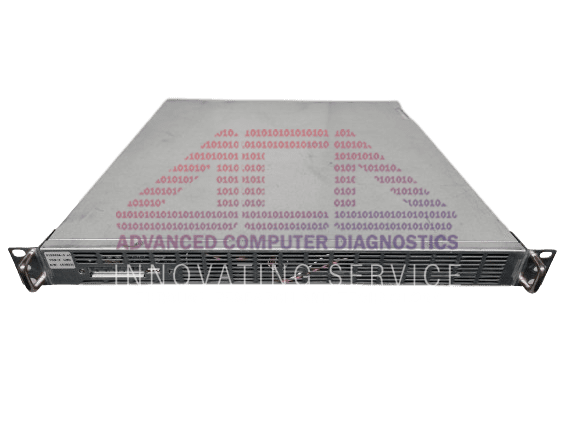

The world of medical imaging technology is vast and complex, with numerous innovations and advancements being made every day. One such innovation is the VCT Image Generator (VIG) Module. The VIG module is a powerhouse of image generation. The module operates by utilizing an FPGA (Field-Programmable Gate Array) accelerator card, known as the VRAC (VCT Reconstruction Acceleration Card), which is inserted into a PCI-X slot. Under the supervision of the VDARC, the VIG node functions as a highly efficient image-generation calculator.
The GOC5 System
The GOC5 system comprises of either 1 or 3 VIG nodes with varying performance levels. For instance, a Westville VIG may be substituted with a later version VIG node featuring higher-frequency CPUs and faster RAM known as a Jarrell VIG. The GOC5 hardware allows for any combination of server performance among the VIG nodes.
How it works with the VDARC
The operation of the VIG module is supervised by the VDARC (VCT Data Acquisition and Reconstruction Controller). The VDARC is responsible for managing the overall operation of the VIG module, including sending image generation requests to the VIG node and receiving the generated images. Upon receiving an image generation request from the VDARC, the VIG node springs into action. It executes a series of processes, including preprocessing, filtered back projection, and post-processing, to generate the requested image. These processes involve various mathematical and computational techniques to convert the raw data into a meaningful image. Once the image set is generated, the VIG node informs the VDARC and transfers the pixel image data set to the VDARC using Gigabit Ethernet, a high-speed networking technology. It’s important to note that each VIG node directly connects to the VDARC node without a switching hub. This means that individual VIG nodes do not communicate with each other nor share processing data. This design ensures efficient operation and high-quality image generation.VCT Reconstruction Acceleration Card (VRAC)
The FPGA accelerator card is a programmable hardware device that can be configured to perform a wide range of tasks. In the case of the VIG module, the FPGA card is programmed to perform image generation calculations. The VRAC is a low-profile PCI card that accelerates the two-dimensional (2D) back-projection process of the GOC5. It plugs into a 64-bit, 66MHz (533MB/sec) PCI-X slot on the VIG node. The later model VIG’s with a -3 part number are equipped with a faster VRAC2 for maximum performance. These VRAC’s are known to last longer then its predecessor (RAC) in the GOC3 and GOC 4 console IG’s. The main reason is because they come with installed heatsinks to dissipate heat, that the (RAC) did not have.
In summary, the VIG module is a sophisticated piece of technology that plays a crucial role in medical imaging. It combines advanced hardware and software technologies to generate high-quality images, contributing significantly to the field of healthcare.
